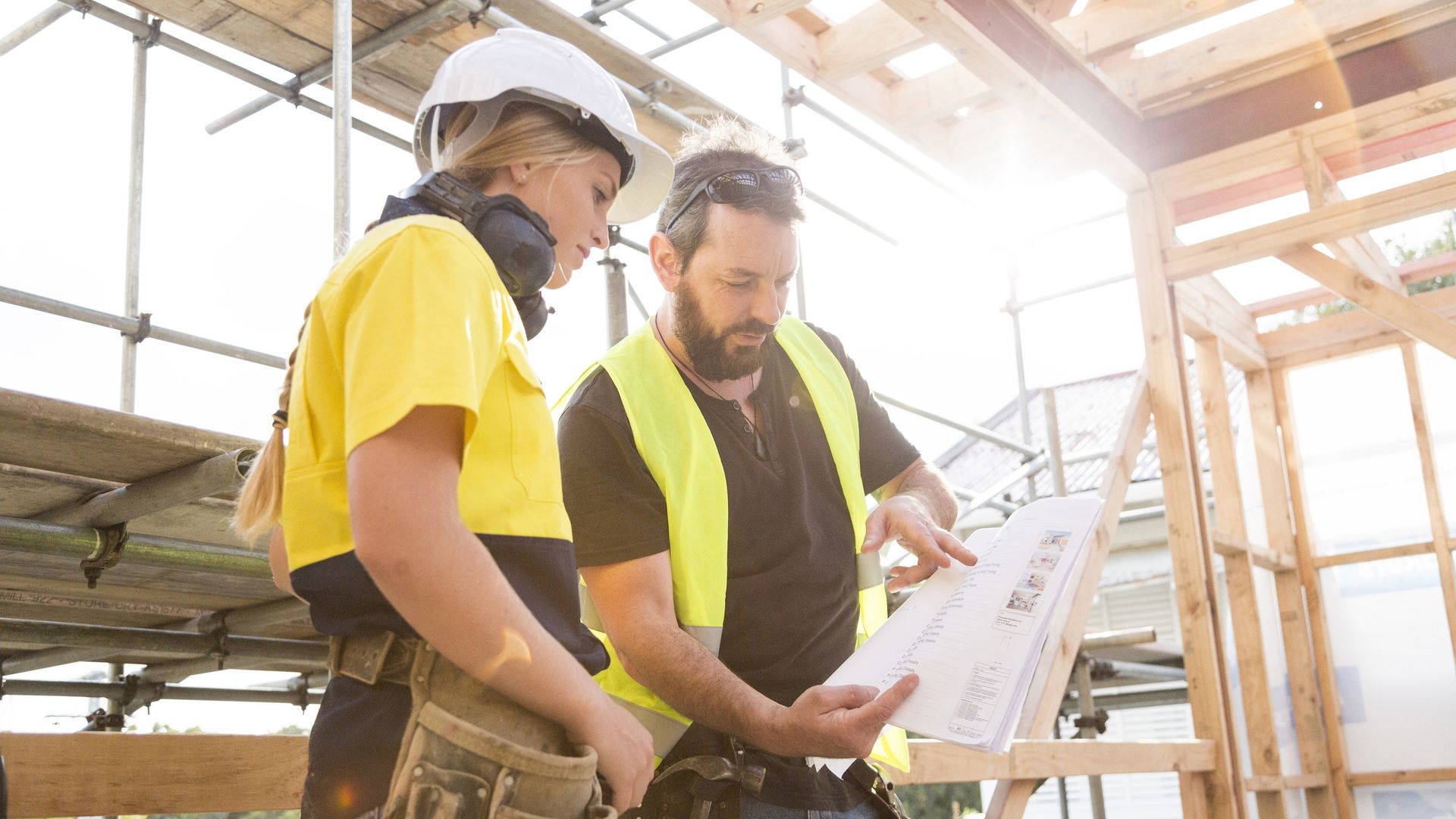By Andrew Drufke
If you’re a fan of home improvement shows, you know how this goes: The clients, usually a couple hoping to build, buy, or renovate a home, are mostly focused on the aesthetics — the kitchen countertops, the bathroom tile, the light fixtures, the wainscoting.
However, there’s more to designing a home than picking the flooring or the fixtures. Without a strong foundation, sturdy walls, and a dependable roof, the couple’s beautiful house won’t hold up well against various elements and risks over time. Their real estate agent or contractor often has to remind them about what’s truly essential as they progress.
I can relate to these professionals because the same principles apply to constructing a family’s financial house. (Although I have yet to see an entire television network dedicated to designing a financial portfolio.)
Creating the Blueprint for Your Financial House
What should your financial blueprint look like? Everyone’s will differ, but a secure fiscal house shares basic characteristics with a well-built home.
A Strong Foundation
Your most stable assets generally form the foundation of your financial portfolio. Although no investment is risk-free, these are typically assets you can count on to remain solid and provide a reliable income, especially when the economy or your personal finances become unstable. Some examples include:
- Savings and certificates of deposit (CDs), protected by the Federal Deposit Insurance Corp. (FDIC)
- Government bonds, backed by the U.S. Department of the Treasury
- Fixed and fixed index annuities backed by reputable insurance companies
Sturdy Walls
The “walls” of your fiscal house should be sturdy. While these assets can be repaired or rebuilt more easily than the foundation, they still need to provide value by generating income and potential growth. A few examples include:
- Corporate and municipal bonds
- Conservative dividend investments
- Private real estate investment trusts (REITs)
A Dependable Roof
Your roof must withstand the elements. If damaged, it can be fixed without compromising the entire structure. In financial terms, the roof symbolizes the investments that carry the highest tolerable risk. These might include:
- Stocks
- Mutual funds
- Exchange-traded funds (ETFs)
- Variable annuities
Where to Start
Each individual and family has different needs; consequently, every financial plan should be tailored accordingly. A good starting point could be using the “Rule of 100” to determine how to allocate your assets. This means subtracting your age from 100 to find the percentage of your portfolio you should invest in riskier assets for optimal growth.
For instance, if you’re 45 and not in a hurry to retire, you might opt to invest 55% of your portfolio in stocks or ETFs. This provides the growth you seek while allowing time to recover from market downturns.
However, if you are closer to retirement—say, at 65—you might choose to limit your portfolio’s risk to 35% or less, allowing for some growth but with a focus on preservation given the shorter recovery period.
Ongoing Maintenance
Just as occasional upgrades and repairs maintain your home’s value, regular evaluations are crucial for your investment portfolio. It is beneficial to reassess your investments and strategies at least once a year to ensure alignment with your financial goals.
Over time, asset allocations may shift due to market performance, necessitating a portfolio rebalance. Additionally, it’s possible that your risk tolerance has changed, requiring some adjustments. If your initial financial design doesn’t meet your family’s needs, consider seeking professional advice or conducting a comprehensive overhaul.
Is Your Fiscal House Move-In Ready?
One lesson from home improvement shows is that DIY isn’t always the best approach.
While some investing aspects are manageable on your own—potentially even enjoyable—collaborating with a professional when crafting your overall financial blueprint is wise. Mistakes can be costly, particularly as you approach retirement. Your portfolio must be thoughtfully designed to ensure security in the years ahead.
Kim Franke-Folstad contributed to this article.
This article presents the views of our contributing adviser and not those of iBestTravel’s editorial staff.
Disclaimer
This article was written by and presents the views of our contributing adviser. You can check adviser records with the SEC or with FINRA.




